Your Cart is Empty
What’s a dancer blog without addressing some common ballet injuries?
Which is why today we are sharing hip labral tear treatment and some stretching ideas, massage to decrease pain and about the ballet labral tear in general. Hopefully, this will help to give you ideas about how to prevent and treat hip labral tear, which is a common injury among dancers.
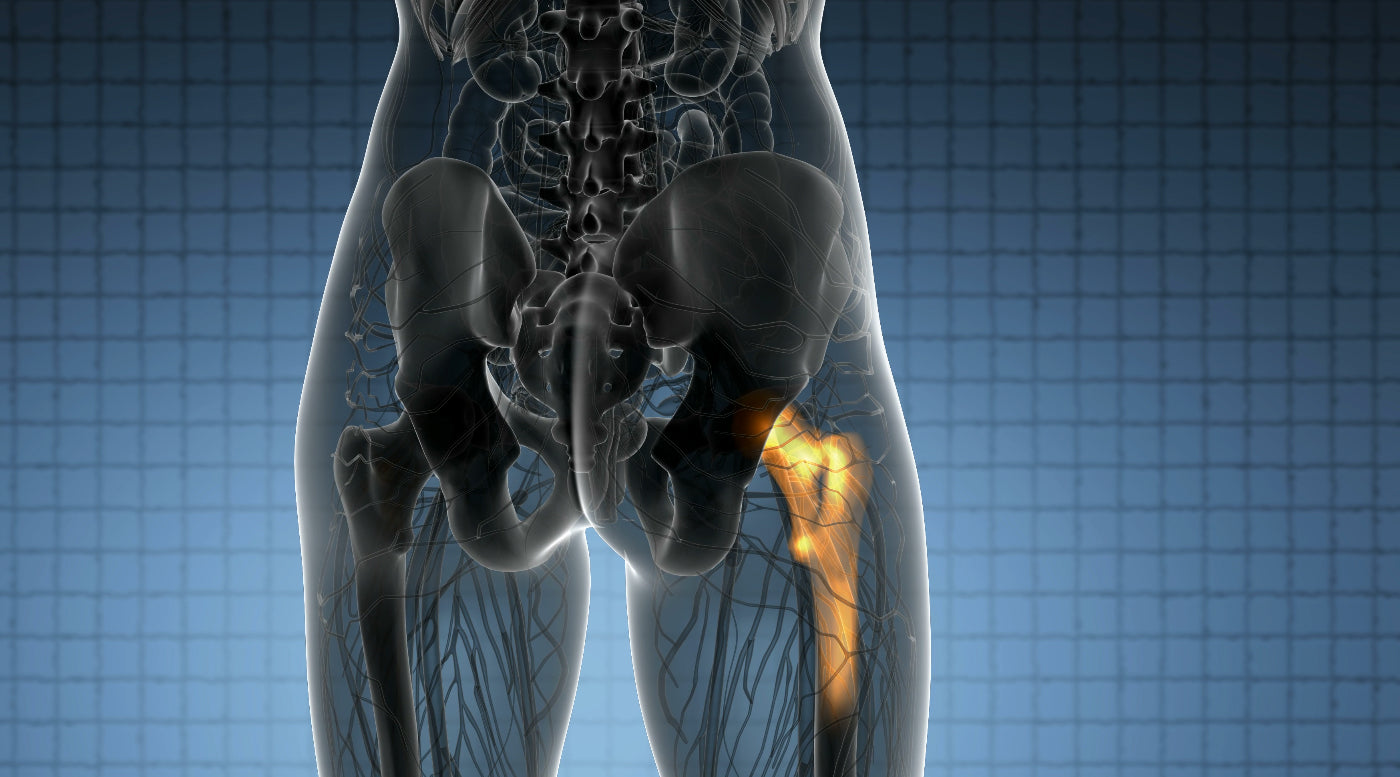
You might be sitting at home thinking about how much pain you’re in and wanting to know if hip labral tear is the culprit. Ballet labral tear is a common ballet injury due to the nature of the constant repetitive movement that dancers are succumbed to.

A hip labral tear concerns the ring of cartilage, known as the labrum, that lines the outside rim of your hip joint socket. The labrum is there to cushion the joint and acts like a rubber seal to help keep the ball of your hip joint securely placed inside your hip socket.

Ballet dancers are at a higher risk of developing hip labral tear, dancers are prone to this injury due to the repetitive movements that ballet dancers do.
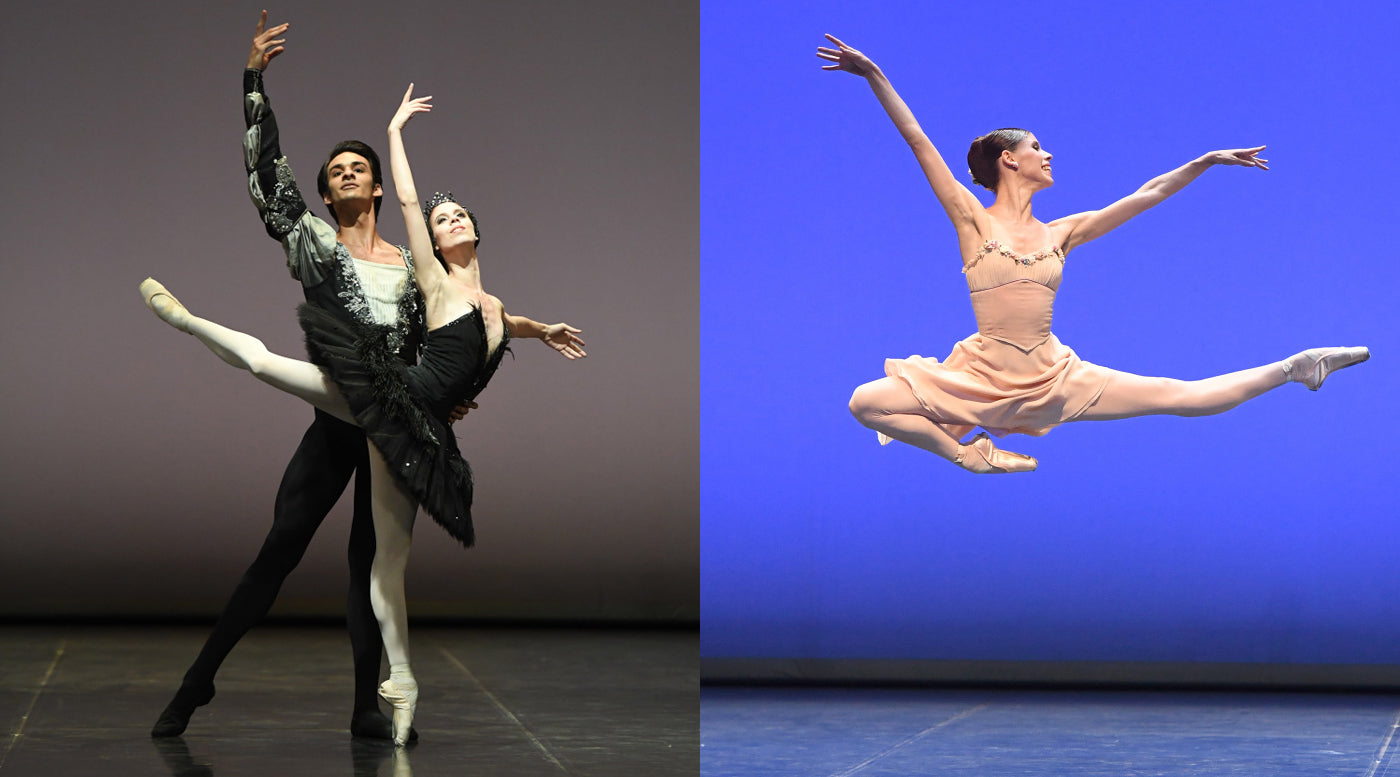
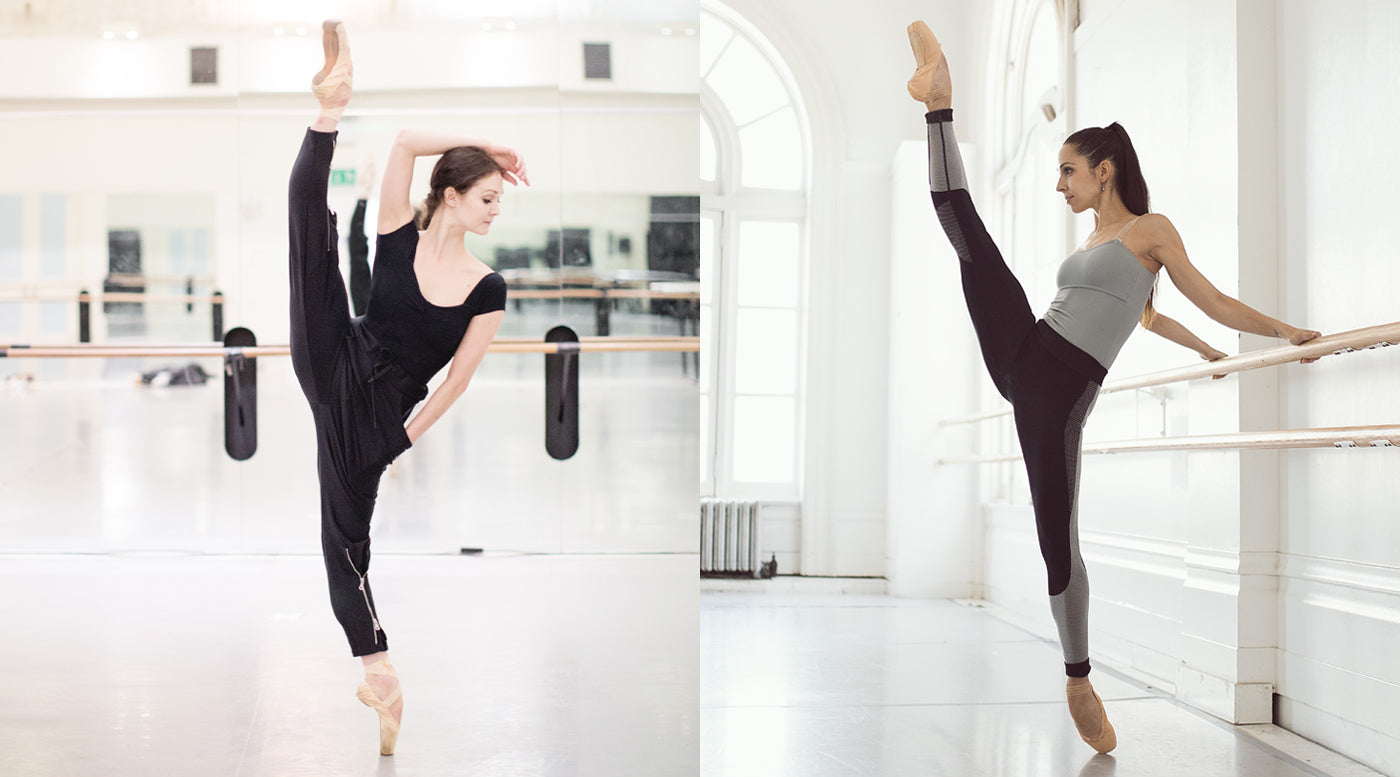
The most important thing to remember is not self diagnose a hip labral tear. Dancers might think they have hip labral tear but it could be something completely different, like bursitis or snapping hip syndrome.
With a labral tear, you may be in a lot of pain with a hip labral tear, but also, it can present itself with little or no signs at all. Usually, ballet labral tear will have one or more of the following sensations though:
You might be able to pinpoint a slip or fall which causes the labrum to tear suddenly, however, in most cases the pain comes slowly. For dancers, a hip labral tear is usually due to progressive wear and tear of the joint, like the name suggests.
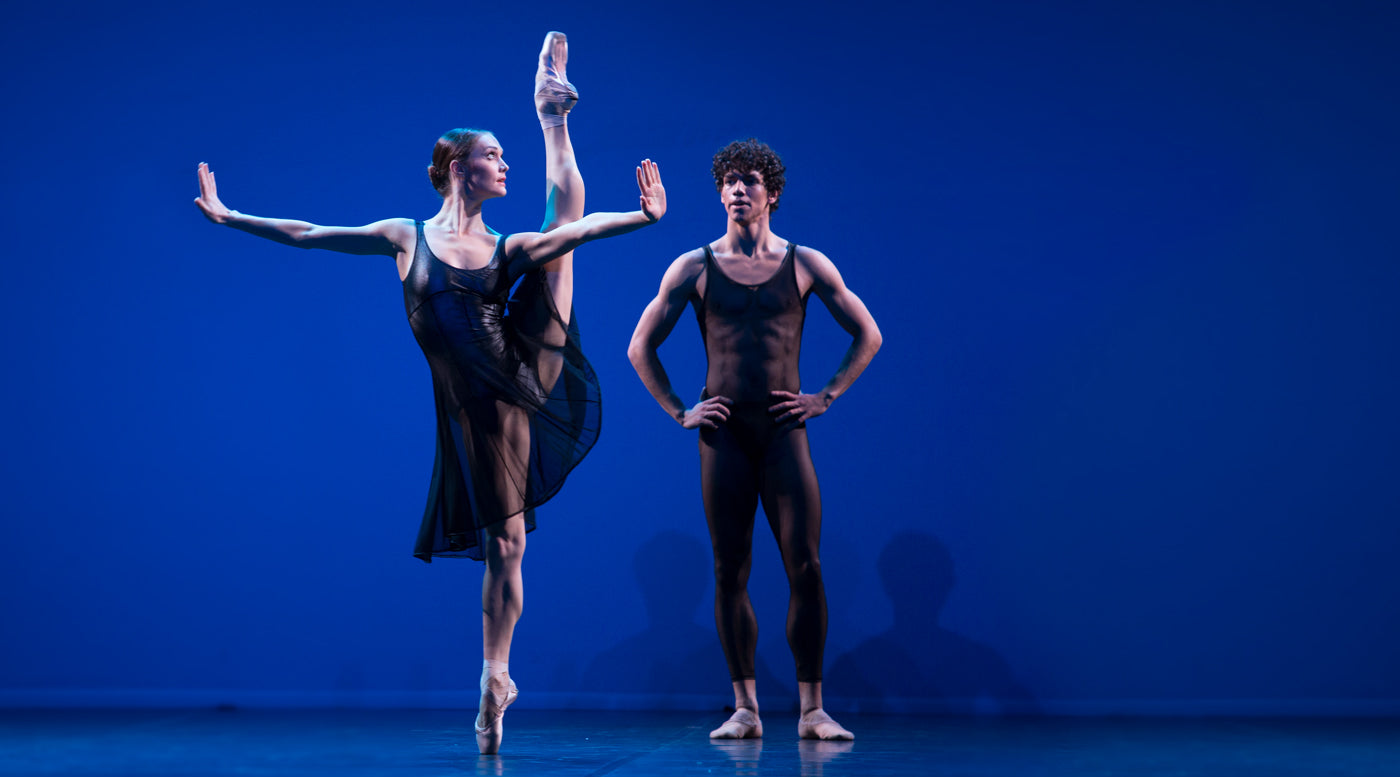
Dancers are prone to hip labral tear due to the strains they place upon their hip joints. Hyperextensions. Over-splits. Forcing turnouts. They’re all major culprits of causing the hip ligaments to weaken.
Now you know what hip labral tear is, a healthcare professional has diagnosed you, and you’re seeking treatment ideas. Ways to reduce hip labral tear pain. There are many different options and treatment paths to pursue, so it’s a good idea to discuss this with your healthcare specialist. However, in most cases, conservative management will support your recovery. You could try regular massages, acupuncture, anti-inflammatory medication and physical therapy.
However, depending on the severity of your injury, if these treatments haven’t worked, you might need to consider labral reconstruction surgery. Typically, people who have arthroscopic hip labral reconstruction will be on crutches for 2 to 4 weeks, those who opt for open surgery may require crutches for about 6 weeks. It’s suggested that a full recovery is usually made within 6 months. Though, the procedure is costly so insurance is advised.
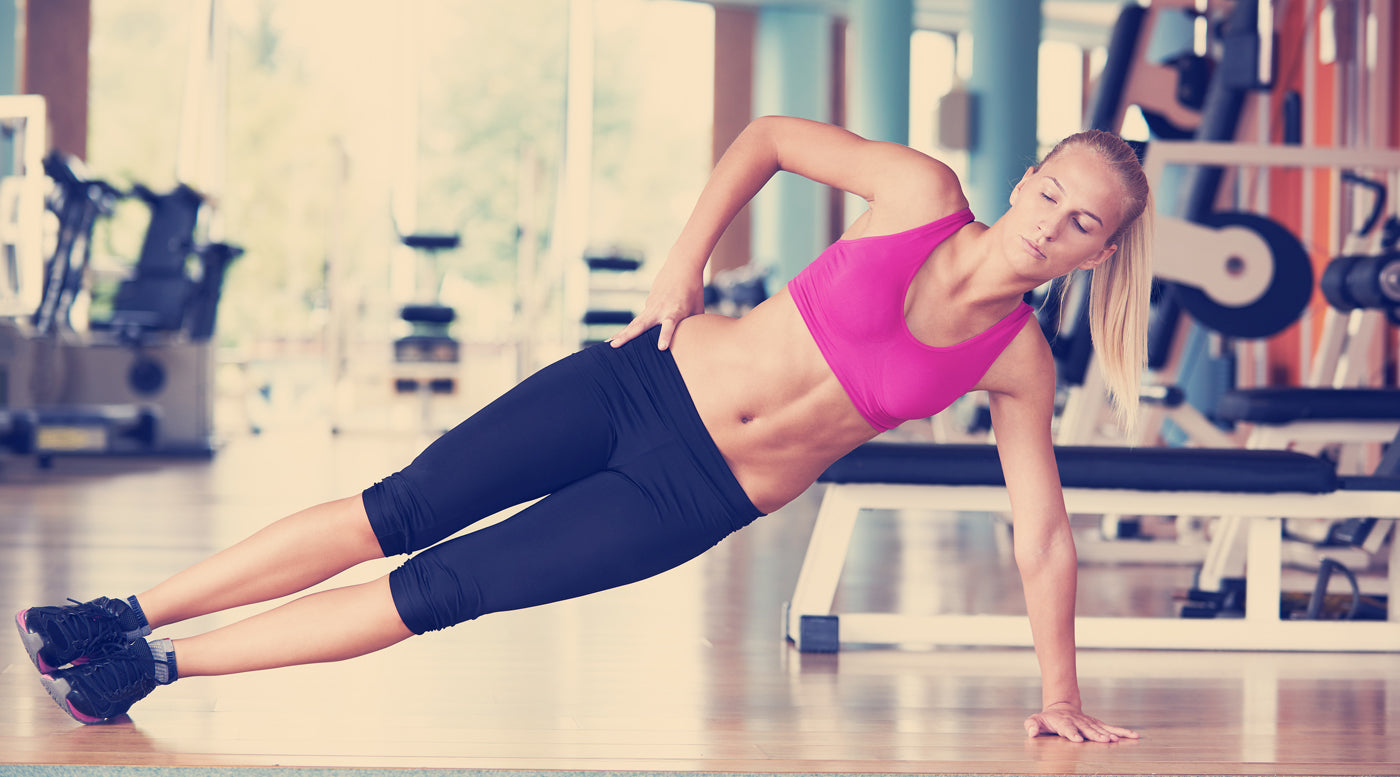
1. Lateral Lunges: Start with your feet shoulder-width apart, toes pointed forward. Step out with one foot as wide as possible. Engage through your working heel as you drop your hips down and back while keeping the supporting leg straight, stretching the groin. Push your heel into the floor to push yourself back in to the starting position. Repeat 8-10 reps on each foot.
2. Bridge: Lie on your back with your knees bent at 90 degrees with your feet firmly on the floor. Squeeze and activate your stomach muscles and use your core to lift your bottom and back off of the floor until your spine is relatively straight. Hold for 5-10 seconds before gently lowering down.
3. Resisted side-stepping: Stand with your feet shoulder-width apart and use a resistance band around your legs, just above the knees. Activate your core and take an exaggerated step to one side. Slowly, bring your other leg to join without allowing the body to lean or compensate.
4. Side planks: Lie on one side with your forearm supporting you, your legs stacked on top of the other. Keep your knees extended and push through your forearm as you lift your hips off of the floor. Hold for 5 seconds before lowering. Repeat on both sides. Tip: if this is too painful you could try it with bent knees.
Always pay special attention to your own body and be sure to always see a medical professional to diagnose you properly.
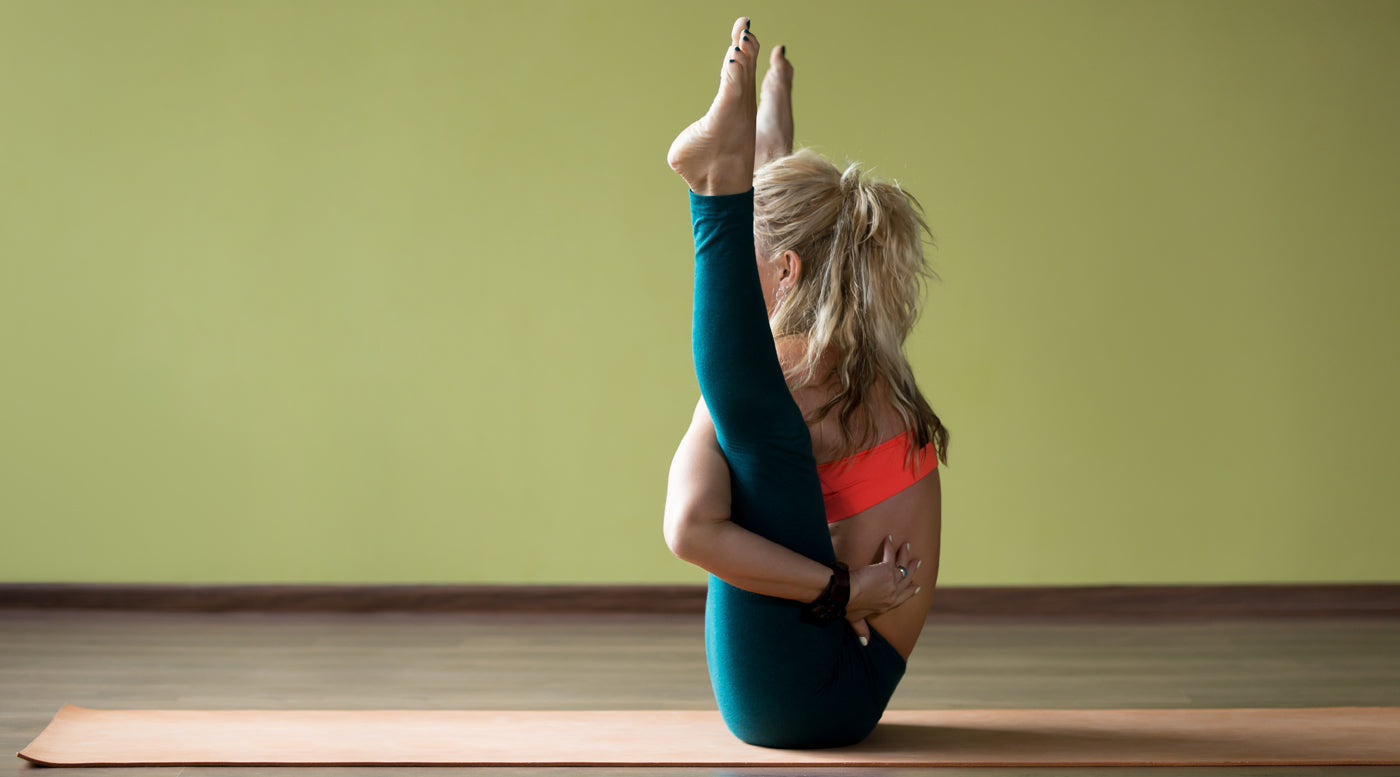
Comments will be approved before showing up.
